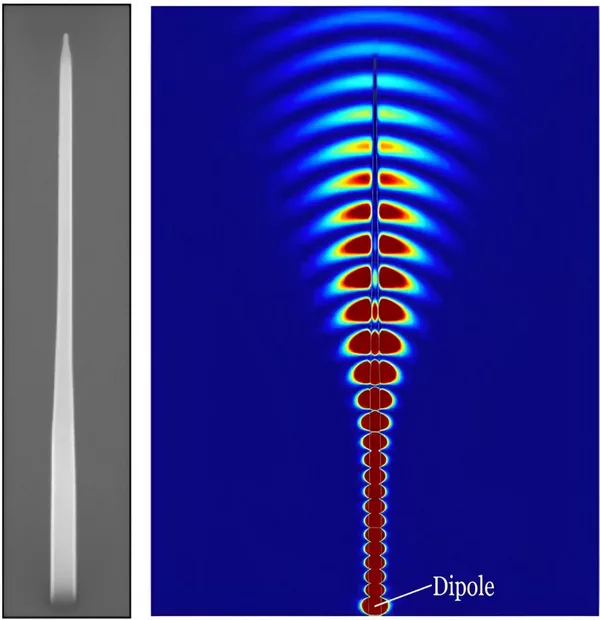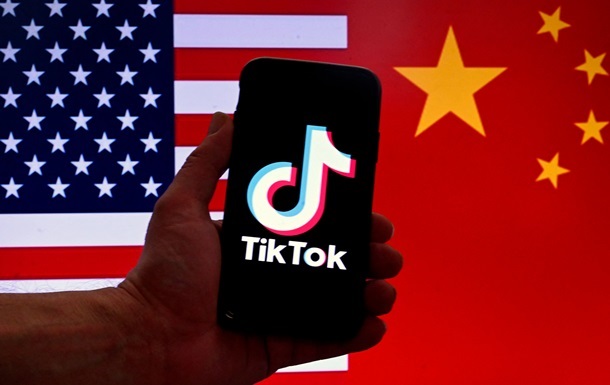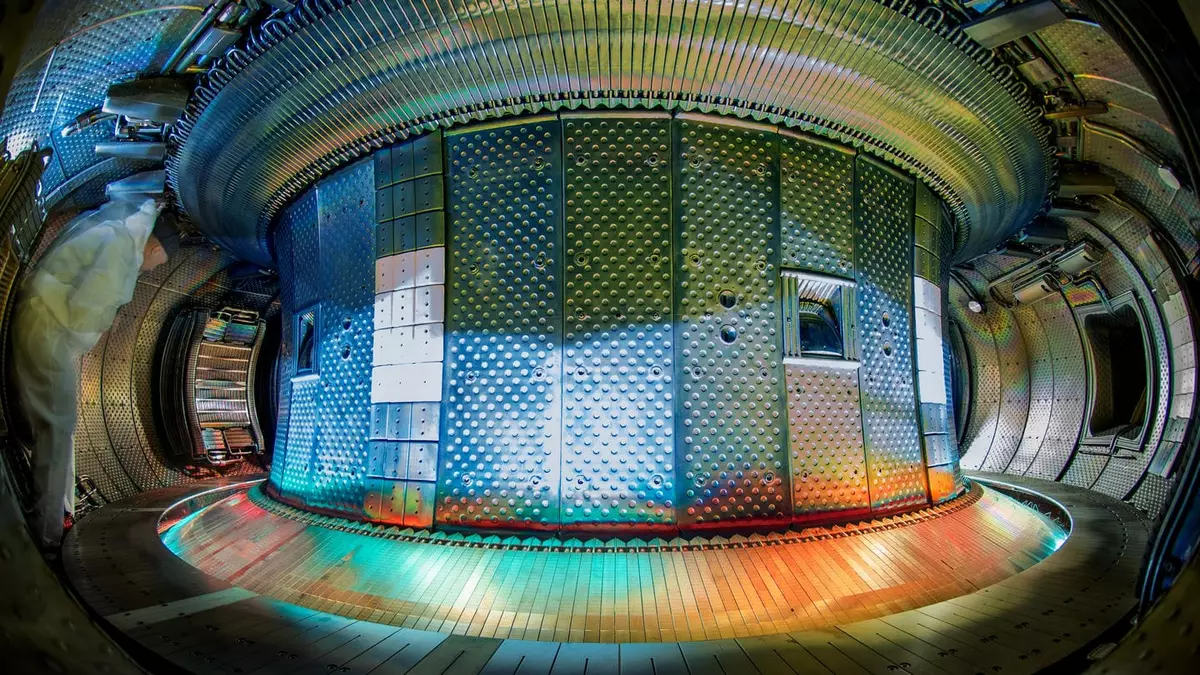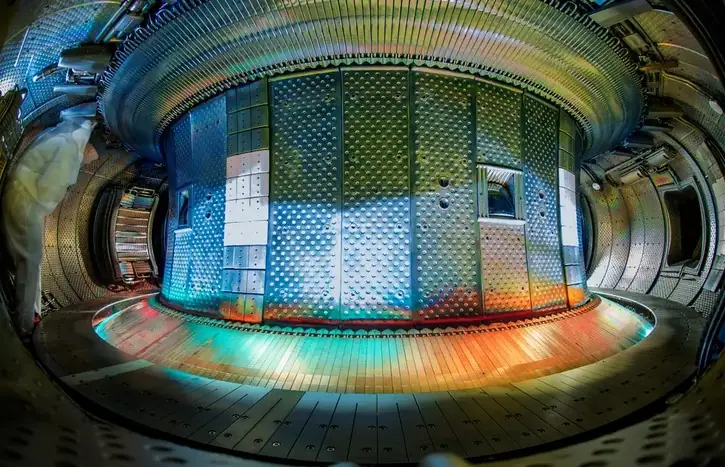Physicists used quantum dots embedded in a nanowire to generate entangled pairs of photons.

Researchers at the University of Waterloo's Institute for Quantum Computing have demonstrated a method for creating "virtually perfect" pairs of entangled photons using semiconductor quantum dots. The method is suitable for quantum key distribution in secure quantum communication networks.
Entangled photons are light particles whose states remain interdependent over long distances. The researchers combined two Nobel Prize-winning technologies – the creation of entangled photons and the control of quantum dots – to optimize the formation of bound states in light particles.
By embedding semiconductor quantum dots into a nanowire, researchers have created a source that produces near-perfect entangled photons 65 times more efficiently than previously possible. By exciting the source with lasers, physicists could generate entangled pairs at the right moment. The researchers then used high-resolution single photon detectors to increase the degree of entanglement.

A source of entangled photons is an indium-based quantum dot embedded in a semiconductor nanowire (left), and a visualization of how entangled photons are efficiently extracted from the nanowire. Image: University of Waterloo
Quantum dot systems have traditionally faced the problem of splitting the fine structure, which leads to oscillations of the entangled state over time, the scientists explain. They overcame the problem by combining quantum dots with a very fast and accurate detection system.
"In essence, we got a timestamp of what the entangled state looks like at each point during the oscillations, the perfect entanglement," says Matteo Pennacchietti, co-author of the study
To demonstrate the technology's potential applications using a new source of entanglement based on quantum dots, the researchers simulated quantum key distribution. The analysis showed that a quantum dot-based source holds promise in the future of secure quantum communications.
The combination of high degree of entanglement and high efficiency is necessary for interesting applications, such as quantum key distribution or quantum repeaters, which are designed to extend the distance of secure quantum communication to a global scale or to link distant quantum computers, says Michael Reimer, a professor at the Institute of quantum computing at the University of Waterloo and co-author of the study


 156
156












